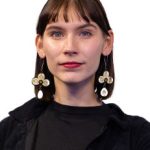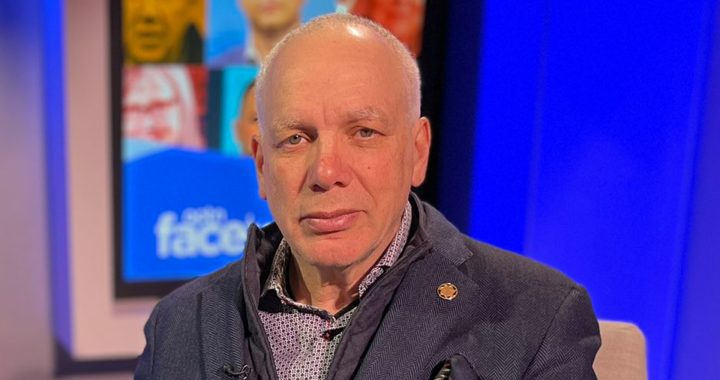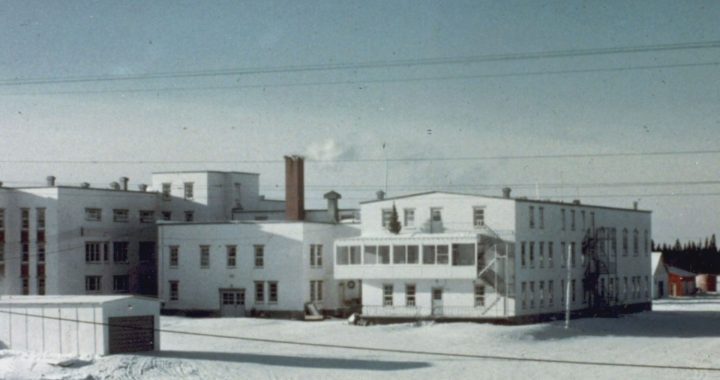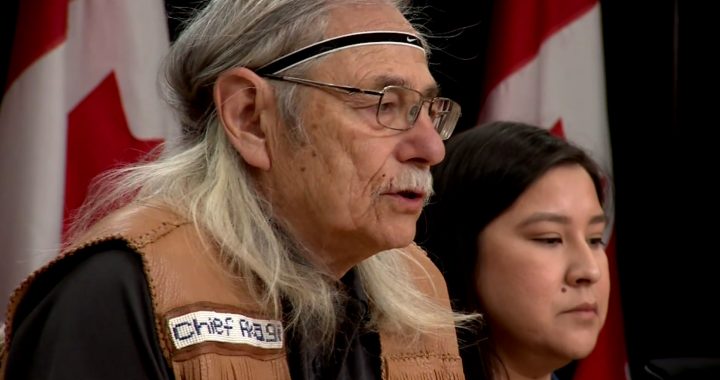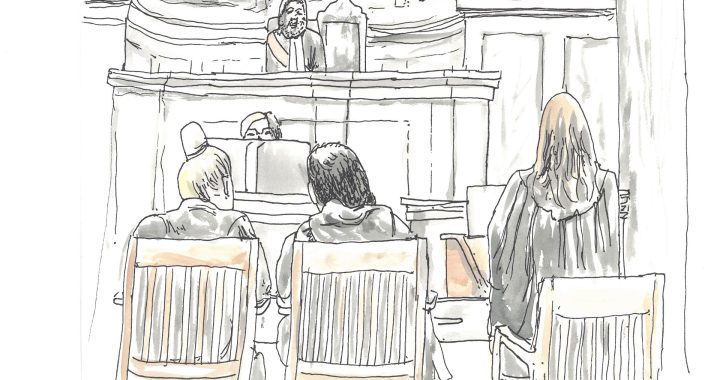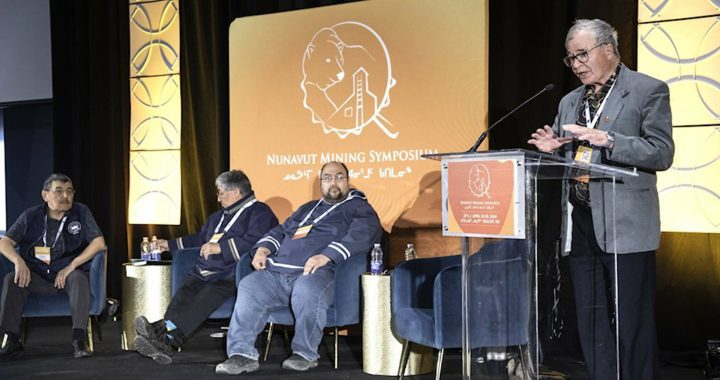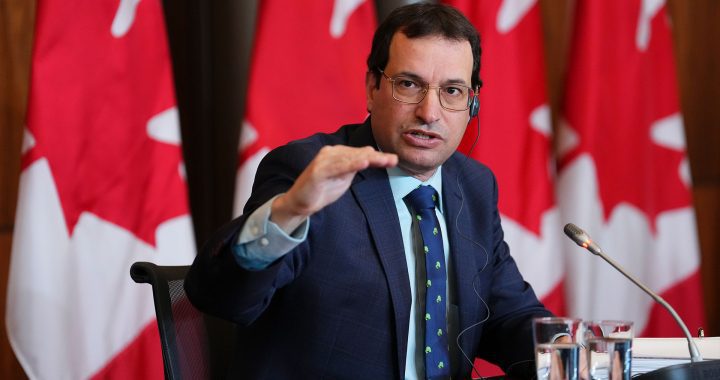Months ago, Grade 11 student Emma Belyk had her heart set on becoming a veterinarian. But shadowing nurses in the labour and delivery ward opened her eyes to a new career path.
“I was with a bunch of different nurses who were doing their 24-hour checks on the babies who were just born, and that was like really cool, and just to see all the babies was really cute,” she said. “Then, in the afternoon, I got the chance to be in a room with a lady who was in labour.”
Emma is one of several students from Winnipeg’s River East Transcona School Division (RETSD) participating in a 17-week Indigenous student work experience program at the St. Boniface Hospital.
Every Tuesday, the students spend the day shadowing healthcare professionals in workstations ranging from social work to the operating room.
The program was spearheaded last year by Clayton Sandy, a St. Boniface Hospital board member and knowledge keeper at the RETSD. Sandy, a retired civil servant, has been coordinating work experience programs for Indigenous students since 1996.
He describes the program as more hands-on than a traditional classroom setting.
“I dropped in three weeks ago…the students were at the research lab, and they all had a tray with a heart, a pig’s heart, and it kind of blew me away because they were all cutting open and stuff like that, handling it,” Sandy said. “I just thought, how many students get an opportunity to do something like this ever?”
The experience was pivotal said Matt Telenko, a Grade 11 student at Murdoch MacKay Collegiate, who hopes to become a cardiac surgeon. He said the program has given him a clearer picture of what he wants to do in the future.
“I think my favourite spot is CR5 in the Asper ward, which is post-op surgery, so right after the cardiac surgery happens,” he said. “It intrigued my interest for what I want to become later in the future.”
By offering high schoolers on-the-job experience before they graduate, Sandy hopes the program will nurture future Indigenous healthcare workers.
“I’m hoping that many of them will maybe continue into post-secondary into some field that they had the experience to go into here, at the hospital,” Sandy said.
Now two months into the program, Emma sees tremendous value in expanding Indigenous representation in healthcare.
“It can be scary for lots of Indigenous people coming here, and it’s a very fast-paced environment,” she said. “If you see somebody who you can connect with or feel similar to, then I feel like it’d be more comfortable for them.”




